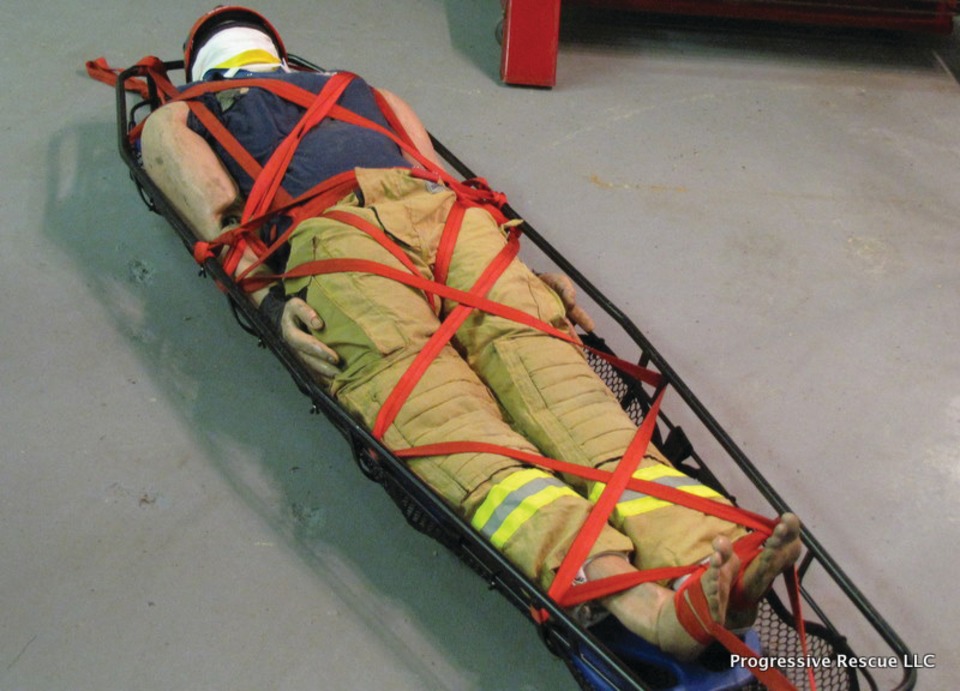pantheraba
More biners!!!
Just read this on CNN:
"It won't be anything like diving that most people recognize. It will be diving in what is effectively muddy water, possibly fast-flowing, with no sense of direction," Moret said. "You can't tell what's up, down, sideways."
Good info here on how they might proceed:
https://www.cnn.com/2018/07/03/asia/thai-rescue-next-phase-intl/index.html
I wrote here about an incident I had a few years ago in about 3-5 feet of water with increasing current, confined space and getting hung on a projecting bolt under a bridge we were working under. Several things went wrong at once...it is a sobering experience. I hope they can find another way to rescue those young fellows.
"It won't be anything like diving that most people recognize. It will be diving in what is effectively muddy water, possibly fast-flowing, with no sense of direction," Moret said. "You can't tell what's up, down, sideways."
Good info here on how they might proceed:
https://www.cnn.com/2018/07/03/asia/thai-rescue-next-phase-intl/index.html
I wrote here about an incident I had a few years ago in about 3-5 feet of water with increasing current, confined space and getting hung on a projecting bolt under a bridge we were working under. Several things went wrong at once...it is a sobering experience. I hope they can find another way to rescue those young fellows.


